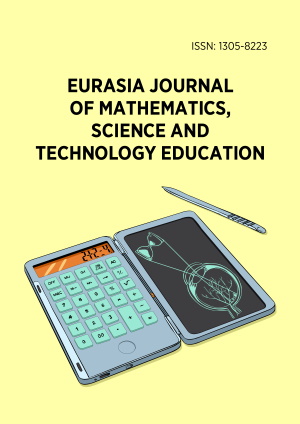Abstract
The aim of this article is twofold: first, to design a Python programming language proposal to analyze contextualized situations involving differential and integral calculus considering the case of the fundamental theorem of calculus (FTC); second, the proposal is applied to university students of differential calculus to promote the understanding of the derivative and the integral based on the Python programming language. This study is motivated because students have many difficulties to represent and applying calculus concepts in real situations. For this purpose, the theoretical model on the process of formation of mathematical concepts (PFC) is used, which consists of analyzing, abstracting, generalizing and synthesizing; the Python programming language and what concerns the FTC. The research was developed under a qualitative methodology in 4 stages: first, the proposal was designed based on the Python programming language; second, the participants were selected; third, the proposals were applied through task-based interviews; and finally, data analysis using the PFC theoretical model and the analytical framework of computational actions. The results show that the Python programming language is a tool that facilitates the analysis of contextualized situations involving differential and integral calculus, considering, in this case, the FTC; the application of mathematical tasks to students generated a deep conceptual development reflected in the interpretations they issued after viewing and contrasting the graphs of the rate of variation, the accumulated integral and the relationship between them when deriving the accumulated integral.
Keywords
License
This is an open access article distributed under the Creative Commons Attribution License which permits unrestricted use, distribution, and reproduction in any medium, provided the original work is properly cited.
Article Type: Research Article
EURASIA J Math Sci Tech Ed, Volume 21, Issue 9, September 2025, Article No: em2705
https://doi.org/10.29333/ejmste/16885
Publication date: 05 Sep 2025
Article Views: 1912
Article Downloads: 963
Open Access References How to cite this article
 Full Text (PDF)
Full Text (PDF)